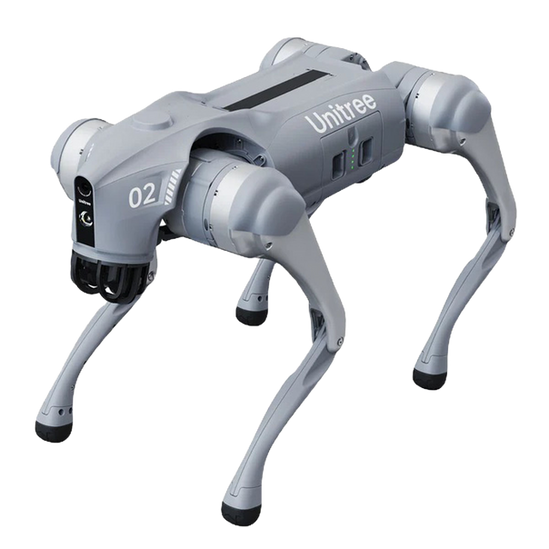Machine Learning
A subset of AI that allows systems to learn and improve from experience without explicit programming. Drones equipped with machine learning can improve performance over time, making them ideal for data-intensive applications.
Machine Learning (ML) is at the heart of many advancements in artificial intelligence (AI), impacting numerous sectors such as healthcare, finance, and robotics. As we move further into an era dominated by data, the ability for systems to learn and adapt independently becomes increasingly crucial. Understanding terms like Machine Learning helps grasp the technological landscape that shapes our daily lives and informs decision-making processes.
What is Machine Learning?
Machine Learning is a subset of AI that allows systems to learn and improve from experience without explicit programming. In simpler terms, it means that algorithms can analyze data, identify patterns, and make decisions based on that data— all while continuously enhancing their performance through learning. For example, drones equipped with machine learning can analyze flight data to optimize their routes and efficiency over time, making them well-suited for data-heavy applications like environmental monitoring or agricultural surveying.
Key Concepts:
Algorithms: Mathematical models that serve as a set of instructions for processing data and generating predictions or classifications.
Training Data: The dataset used to train the model, helping it to recognize patterns and make informed predictions.
Supervised Learning: A type of machine learning where the model is trained on labeled data, meaning the correct output is provided for each input.
Unsupervised Learning: This involves training the model on data without labeled outputs, allowing it to identify patterns or groupings on its own.
Reinforcement Learning: An area of ML in which an agent learns to make decisions by receiving feedback in the form of rewards or penalties, improving its performance based on trial and error.
Applications and Relevance: Machine Learning has real-world applications that shape various industries, demonstrating its versatility and significance:
Healthcare Diagnostics: ML algorithms can analyze medical images or patient data to assist doctors in diagnosing diseases more accurately and swiftly.
Financial Fraud Detection: Algorithms can monitor transaction patterns to identify unusual behavior that may indicate fraudulent activity, providing a layer of security.
Natural Language Processing: Applications like virtual assistants and chatbots rely on ML to understand and respond to human language in a natural way.
Personalized Marketing: Companies use machine learning to analyze customer behavior and preferences, optimizing their marketing strategies to improve engagement and sales.
Challenges and Considerations: Despite its potential, Machine Learning faces several challenges:
Data Quality: The effectiveness of machine learning systems heavily depends on the availability and quality of data; poor data can lead to inaccurate models.
Bias and Fairness: Algorithms can perpetuate biases present in the training data, leading to unfair outcomes, especially in sensitive applications like hiring or law enforcement.
Complexity: Understanding and interpreting ML models can be challenging, which can result in a lack of transparency and trust in automated decisions.
Resource Intensive: Training machine learning models can require significant computational resources and expertise, making it a barrier for some organizations.
Future Trends and Innovations: The field of Machine Learning is constantly evolving, with emerging trends that promise to expand its applications:
Federated Learning: A method of training algorithms across multiple decentralized devices while keeping data localized, enhancing privacy and security.
AutoML: Tools and techniques that automate many aspects of the machine learning process, making it more accessible to those without specialized knowledge.
Explainable AI (XAI): Development of methods to make ML models’ predictions more interpretable, aiming to build trust and transparency in AI systems.
Integration with IoT: Combining ML with the Internet of Things (IoT) enhances predictive maintenance and real-time data analysis across connected devices.
Machine Learning plays a pivotal role in the advancement of technological capabilities and problem-solving mechanisms across various domains. As it continues to evolve, understanding its principles, applications, and challenges becomes invaluable for navigating an increasingly data-driven world. Its ability to learn from experience without explicit programming not only enhances efficiency but also opens doors to innovative solutions that can transform our daily lives.














